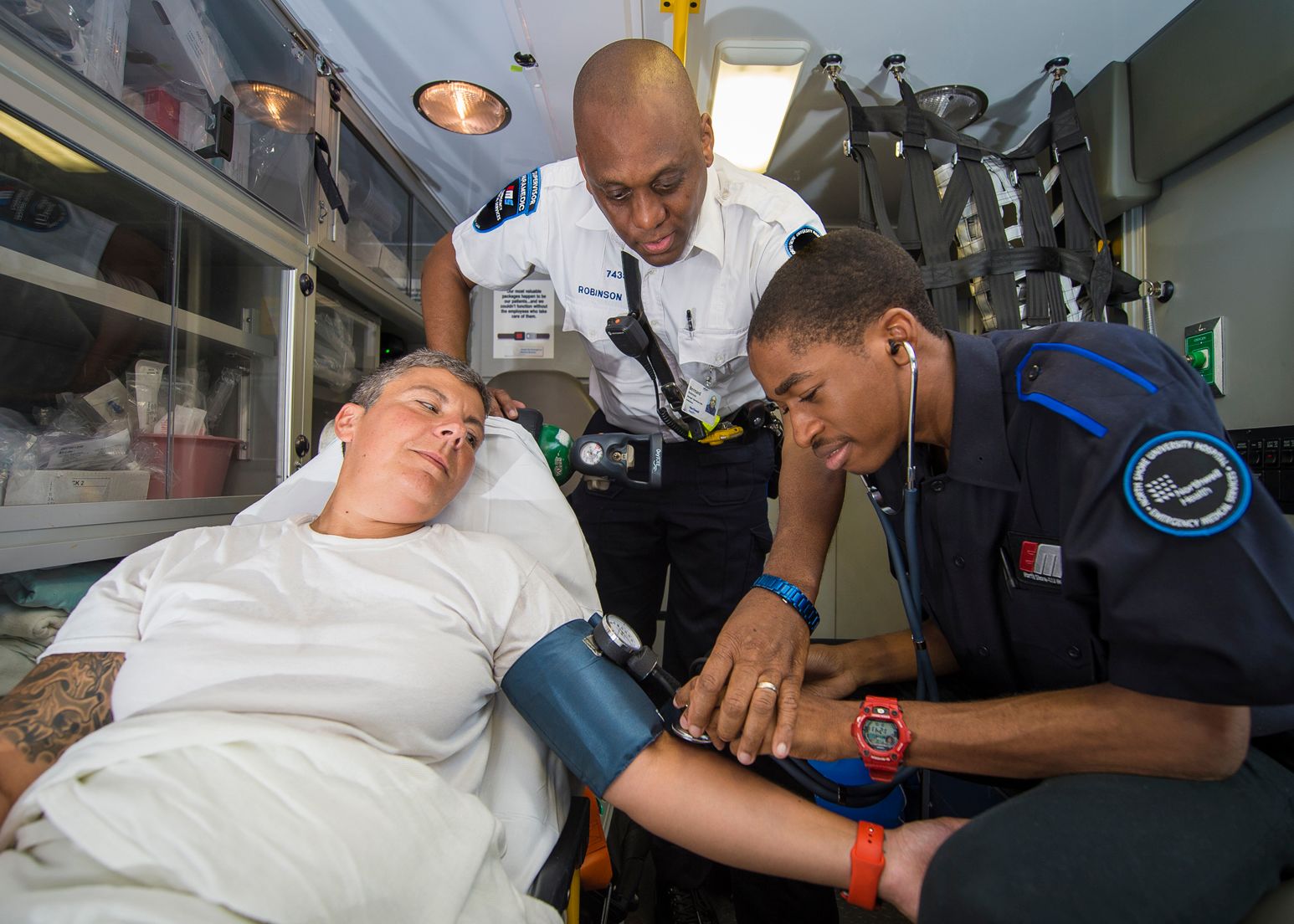The field of emergency medical services is a critical one and a career in it can be extremely rewarding. It’s all about helping people and providing life-saving medical care. If you’re considering becoming an Emergency Medical Technologist (EMT), or even making the leap to the highly regarded job of a paramedic you’ll be entering the field with great potential for growth and a high demand for highly trained professionals. In this article, we’ll lead you through the steps required to become an EMT or paramedic, examining the various training options available which include DSHS approved EMS training courses.
Understanding the Role of EMTs and Paramedics:
Emergency Medical Technicians, also known as paramedics or EMTs are the primary responders to emergencies. They are able to provide immediate help. They are skilled in assessing patients, administering essential medical treatments and transferring patients in a safe manner to medical centers for further care. EMTs and paramedics play an crucial part in stabilizing patients during critical times, making split second decisions and providing compassionate care in times of stress. For more information, click Steps to become a Paramedic

Step 1: Become an EMT:
To be an EMT, you need to complete the necessary education and training programs and certifications, which may vary based on the level of certification that you’d like to achieve. Three levels of EMT certification are available:
1. EMT Basic (EMT B) The EMT Basic certification is a beginner-level certification that will require between 100 and 150 hours of instruction. EMT-Bs are trained to provide basic medical care, including CPR and bleeding control and basic airway management.
2. EMT Intermediate (EMT I): EMT I requires additional training that can be different for each state. In certain states it is integrated with EMT-B. In other areas, it is a requirement of 200 to 400 hours of training, with expanded medical skills as well as intravenous therapy.
3. EMT-Paramedic is the highest level of EMT certification. It requires a rigorous training, which lasts from 1,000 and 1,800 hours. Paramedics are highly skilled in the most advanced medical procedures, including administering medications as well as interpreting EKGs and the management of airways that is advanced.
Step 2: Applying for paramedic certification
To become a paramedic, you first need to pass the EMTB or EMTI levels and then gain some practical experience. You’ll then be able to apply for an ambulance course that usually takes from one to two years to complete. During this comprehensive training, you’ll dive into advanced medical topics and gain the necessary skills and knowledge to deal with critical situations on your own.
Step 3: Examining EMT Optional Training:
When it comes to EMT training, there are many options depending on the level of certification you aim to achieve. Community medical trade schools and colleges usually offer EMT training for all certification levels. They offer a combination of classroom education, hands-on instruction, and experience on the field and in clinical setting.
If you’re searching for a more in-depth and complete EMT training that will lead to a degree, universities and colleges might offer EMT training at the level of EMT-Paramedic. These programs will provide you with the most thorough understanding of emergency medicine. This will enable you to make better medical decisions as well as provide better care for patients.
Step 4: Ensure that DSHS-approved EMS training
It is important for aspiring EMTs or paramedics to make sure that the course they decide to pursue has been endorsed by DSHS. The Department of State Health Services is the body that approves EMS programs to make sure they meet high standards of competency and education. You are guaranteed of getting the highest quality education by registering in a DSHS certified EMS training program.
An occupation in the field of EMT or paramedic could be extremely rewarding and well-respected. EMTs and Paramedics serve as first responders that play an essential role in rescuing and giving medical attention immediately in emergency situations. To be aspiring EMTs or paramedics to embark on this life-saving endeavor they must successfully complete the required education and training programs. Based on the level of certification required, candidates can choose among a range of EMT training options, including medical trade schools, and universities.
When considering training options, it’s essential to confirm that the selected EMS training course is DSHS certified by DSHS. You can rest assured that the training you receive will be in line with the requirements for EMT or paramedic accreditation.
As the demand for trained emergency medical professionals grows, EMS provides a wealth of career options and the opportunity to positively impact the lives of those around you. You can begin as an EMT or work your way toward paramedic status. Your dedication to providing vital medical care is rewarded with a rewarding job.